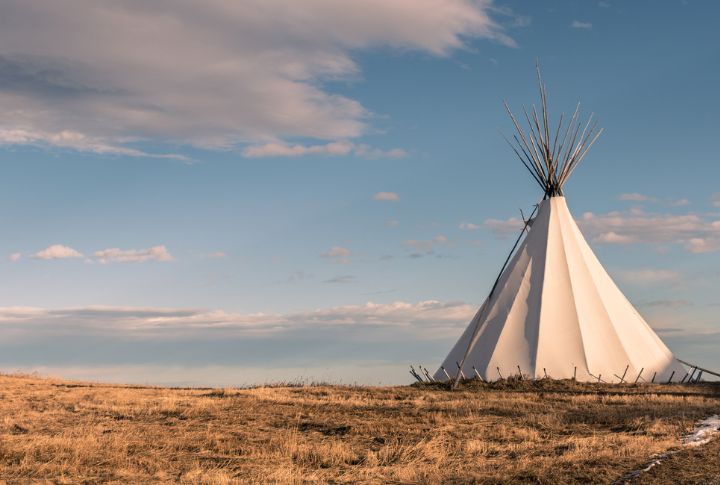
When we think of the United States, our minds often drift to its bustling cities, sprawling farmlands, or iconic landmarks. But woven into the grassroots of this nation are vast stretches of land, rich with culture, history, and natural beauty, known as Native American reservations. These are the heartlands of Indigenous tribes, where traditions thrive and languages are preserved. So, let’s journey through the 15 largest Native American reservations in the USA.
Navajo Nation
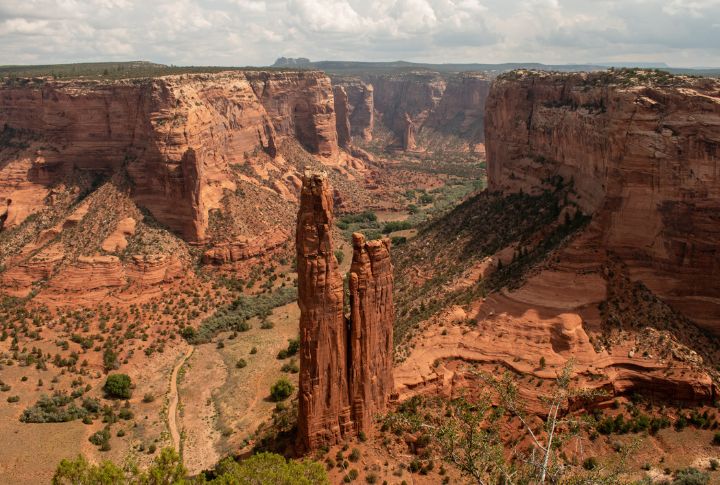
Spread over 27,000 square miles across Utah, Arizona, and New Mexico, it is the most prominent Native American reservation in the country. This vast land is home to stunning natural wonders like Monument Valley, Canyon de Chelly, and the iconic Shiprock formation. These people are known for their rich traditions in weaving, silverwork, and storytelling.
Uintah and Ouray Reservation

Uintah and Ouray Reservation, located in northeastern Utah, is home to the Ute Indian Tribe. Covering nearly 4.5 million acres, this reservation has an abundance of natural reserves, like oil and gas, which play an important role in the tribe’s economy. The Ute people have a long history in the region, with traditions deeply tied to the land and its wildlife.
Tohono O’odham Nation
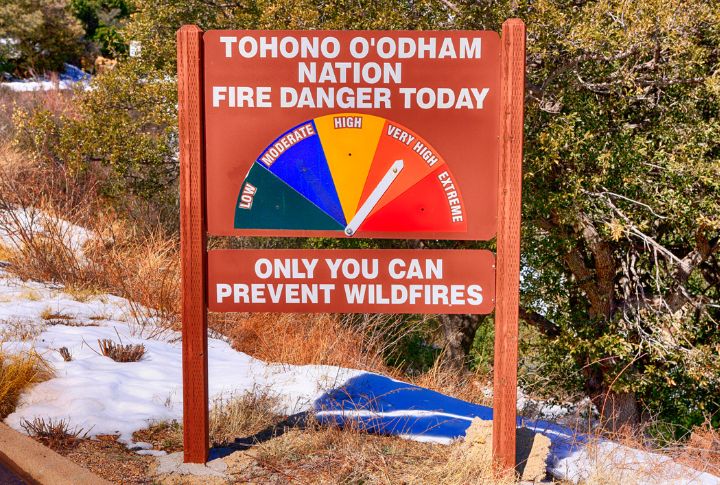
The Tohono O’odham people are known as the “Desert People,” they have a deep knowledge of desert survival, agriculture, and traditional crafts. The reservation’s landscape is dotted with saguaro cacti and has breathtaking views of desert mountains. Tohono O’odham Nation is also unique in that it straddles the U.S.-Mexico border, with parts of the reservation extending into Mexico.
Cheyenne River Reservation
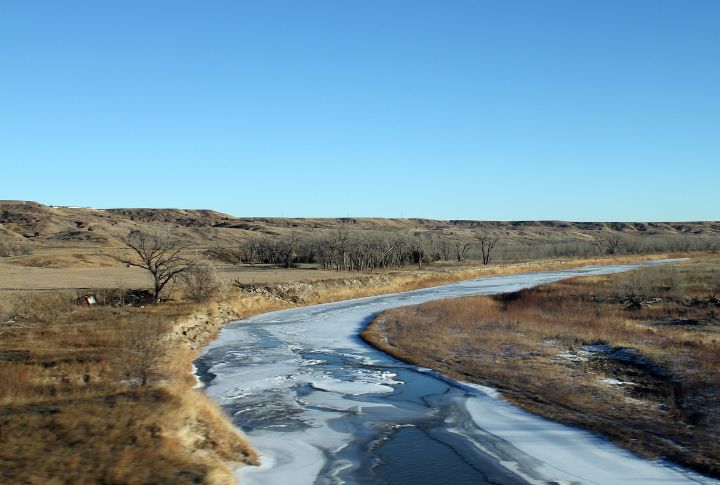
The reservation’s vast prairies and rolling hills are central to the tribe’s way of life, with a strong emphasis on preserving their language, Lakota, and cultural practices. Cheyenne River Reservation is a place where tradition meets resilience as the tribe continues to navigate the challenges of maintaining their cultural identity in the modern world.
Standing Rock Sioux Reservation

Perching the border between South Dakota and North Dakota, this reservation covers over 2.2 million acres. It gained national attention during the Dakota Access Pipeline protests, during which the Standing Rock Sioux Tribe and its allies stood in defense of their water rights and sacred lands. Here, you will find vast prairies, rolling hills, and the Missouri River.
Crow Reservation
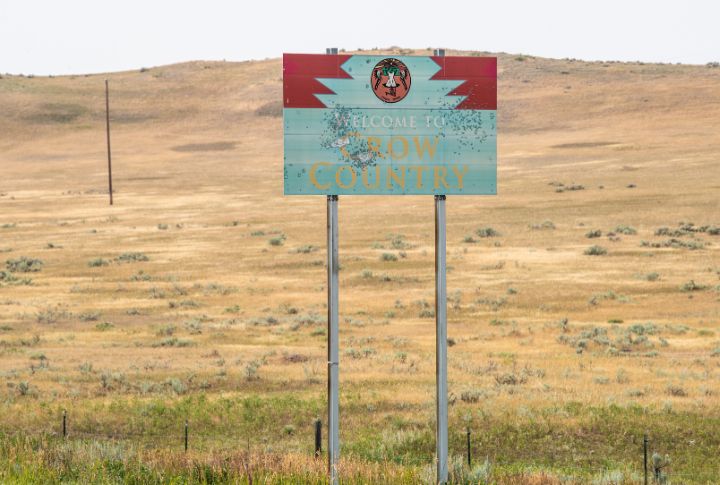
Located in south-central Montana, the Crow Reservation spans over 2.3 million acres and is home to the Crow Tribe, known as the Apsáalooke, or “Children of the Large-Beaked Bird.” The landscape is diverse, with the Bighorn Mountains to the south and the vast plains to the north. They have a rich history as skilled horsemen and traders, with cultural traditions still practiced today.
Wind River Reservation
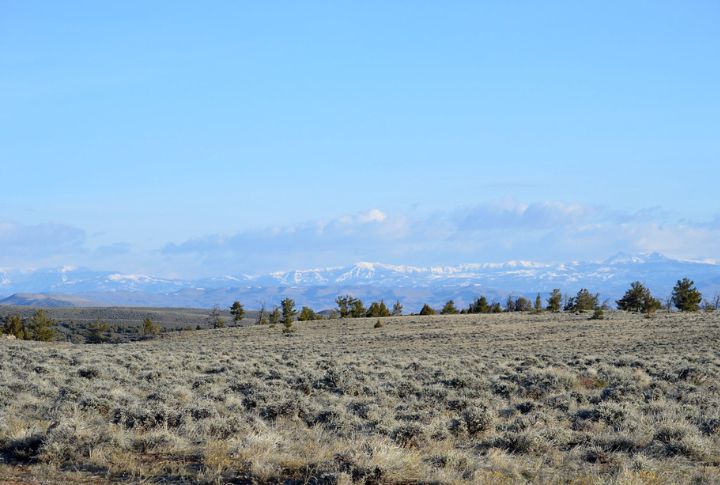
This reservation is famous for its stunning natural beauty, with the Wind River Mountains providing a dramatic backdrop. The tribes have a deep connection to the land and focus on preserving their languages, cultures, and traditional practices. Wind River Reservation is also rich in natural resources, like oil and gas, which contribute to the local economy.
Pine Ridge Reservation
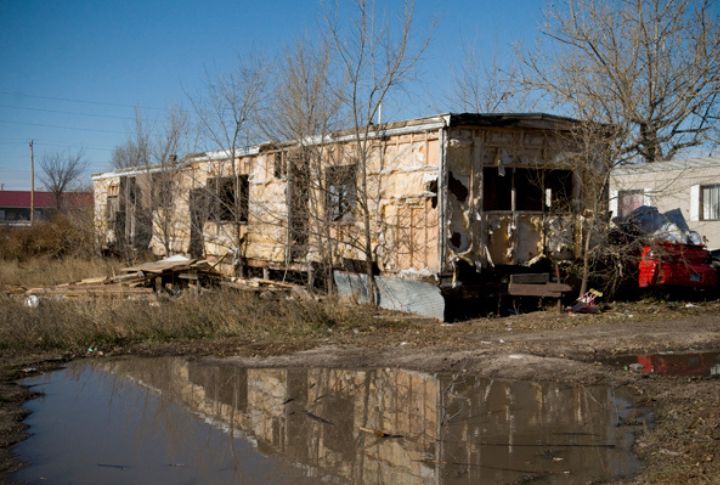
The Oglala Sioux Tribe governs it and is historically significant as the site of the Wounded Knee Massacre. Pine Ridge is a place of deep cultural significance, emphasizing Lakota spirituality, language, and traditions. The reservation has faced significant challenges, including poverty and health disparities, but the Oglala Lakota people continue to fight for rights and preserve their cultural heritage.
Fort Peck Indian Reservation
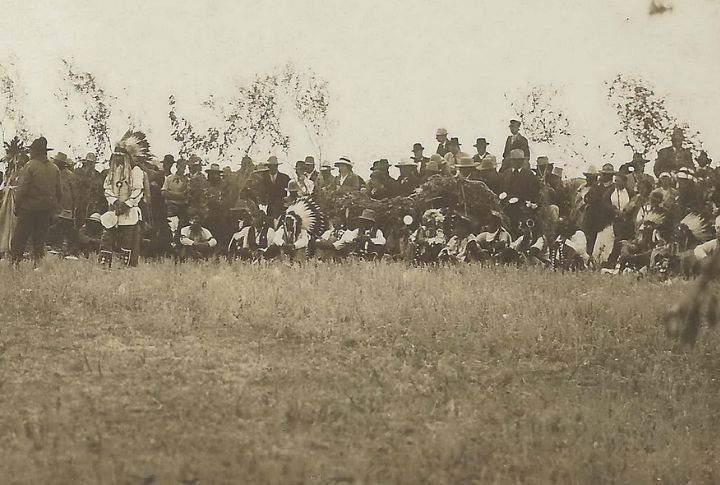
This reservation is noted for its rich cultural traditions, including powwows, traditional crafts, and the preservation of indigenous languages. It is also home to the Fort Peck Dam, one of the world’s biggest earthen dams, which has greatly impacted the region’s economy and environment. It is located in northeastern Montana and is home to the Assiniboine and Sioux tribes.
Rosebud Indian Reservation
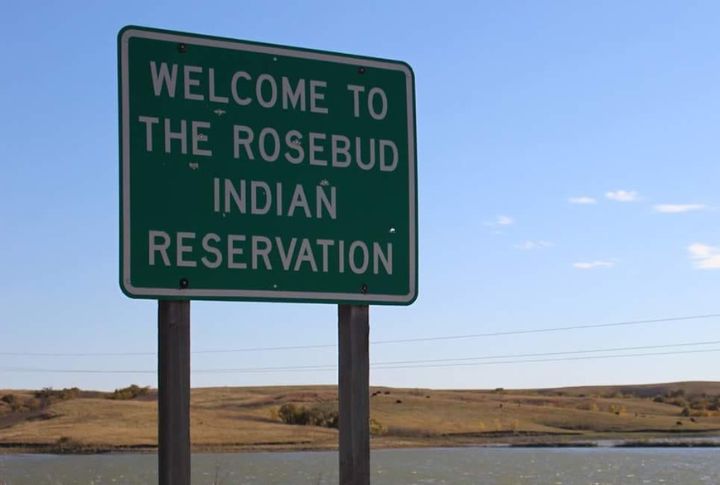
With a strong emphasis on agriculture and ranching, this reservation offers stunning landscapes, including the rolling hills of the Great Plains. Found in this reservation is the Rosebud Sioux Tribe, which has a rich cultural heritage and traditions that are deeply tied to the land. The tribe is also committed to preserving their language, Lakota, and promoting education and economic development on the reservation.
San Carlos Apache Indian Reservation

The San Carlos Apache Indian Reservation is known for its untouched beauty. There are various options for outdoor activities, such as hiking, fishing, and birdwatching. People here are experts at basket weaving, beadwork, and storytelling. The San Carlos Apache people have a deep connection to the land, which is seen in their cultural practices and way of life.
Blackfeet Indian Reservation
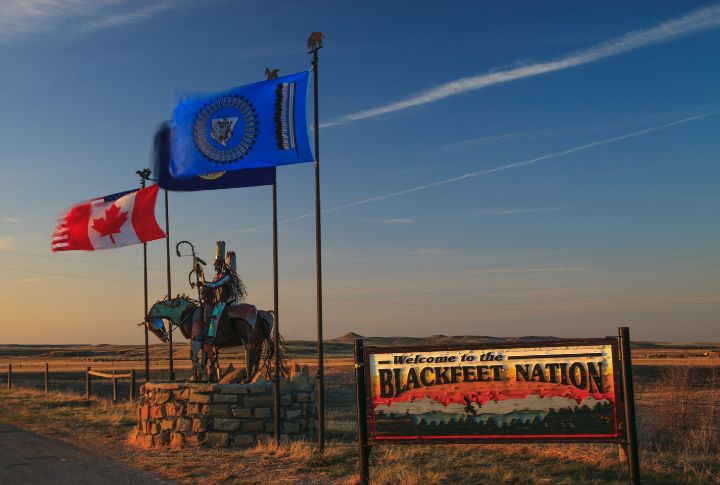
The reservation is located near Glacier National Park, making it a famous destination for people interested in exploring the region’s wild allure. It also hosts the Blackfeet people, who have a rich history as hunters and warriors, with cultural traditions that are still practiced today. The landscape here is beautiful, with most of it dominated by the Rocky Mountains.
Osage Nation Reservation

Famous for its oil-rich land, the Osage Nation Reservation has played a significant role in the tribe’s economy and history. Having a rich cultural heritage, the people here follow traditions, including ceremonial dances, language preservation, and the arts. Osage Nation continues to thrive, focusing on education, cultural preservation, and economic development.
Navajo Mountain Reservation
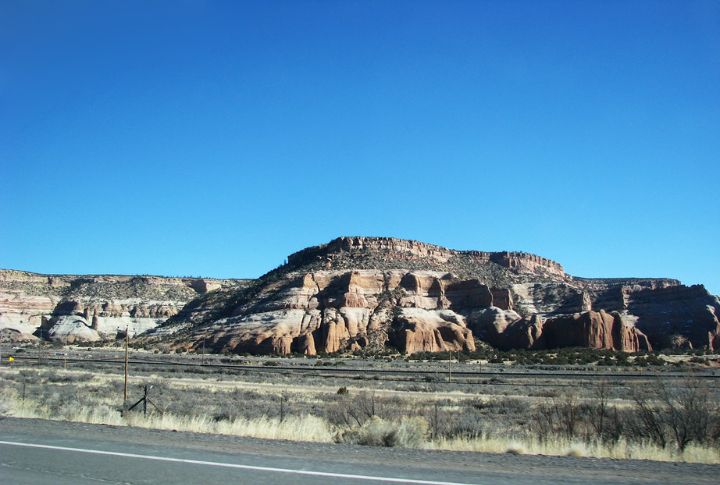
Navajo Mountain Reservation is a smaller, more remote part of the larger Navajo Nation. It is spread over 1 million acres of rugged terrain, including the iconic Navajo Mountain, which the Navajo people consider a sacred site. The reservation is known for its stunning natural beauty, with opportunities for hiking, photography, and cultural exploration.
Fort Apache Indian Reservation
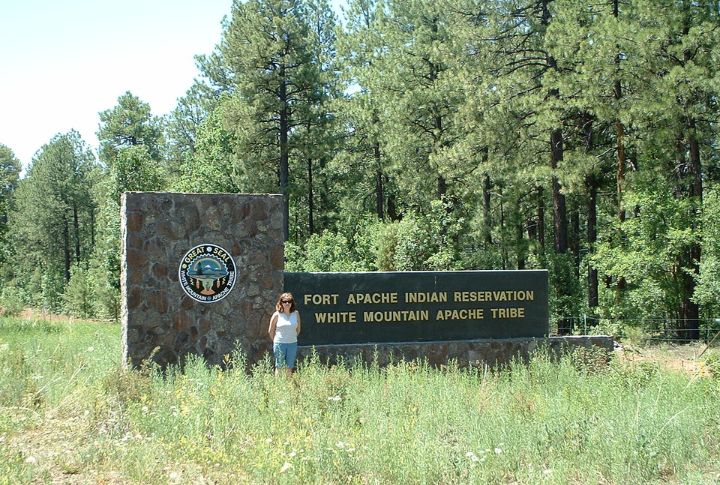
In this 1 million acres vast landscape, you can find everything from forests to mountains. This reservation hosts the White Mountain Apache Tribe, noted for their rich cultural traditions and connection to the land. It is also home to the Fort Apache Historical Park, which includes the original military fort and several historic buildings that tell the story of the tribe’s history and resilience.

